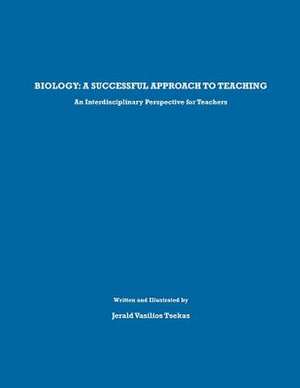Biology
Autor Jerald Tsekas, Dr Jerald Tsekasen Limba Engleză Paperback
Preț: 268.97 lei
Nou
Puncte Express: 403
Preț estimativ în valută:
51.47€ • 54.02$ • 42.72£
51.47€ • 54.02$ • 42.72£
Carte disponibilă
Livrare economică 20 martie-03 aprilie
Preluare comenzi: 021 569.72.76
Specificații
ISBN-13: 9781481913386
ISBN-10: 1481913387
Pagini: 138
Dimensiuni: 216 x 279 x 8 mm
Greutate: 0.34 kg
Editura: CREATESPACE
ISBN-10: 1481913387
Pagini: 138
Dimensiuni: 216 x 279 x 8 mm
Greutate: 0.34 kg
Editura: CREATESPACE
